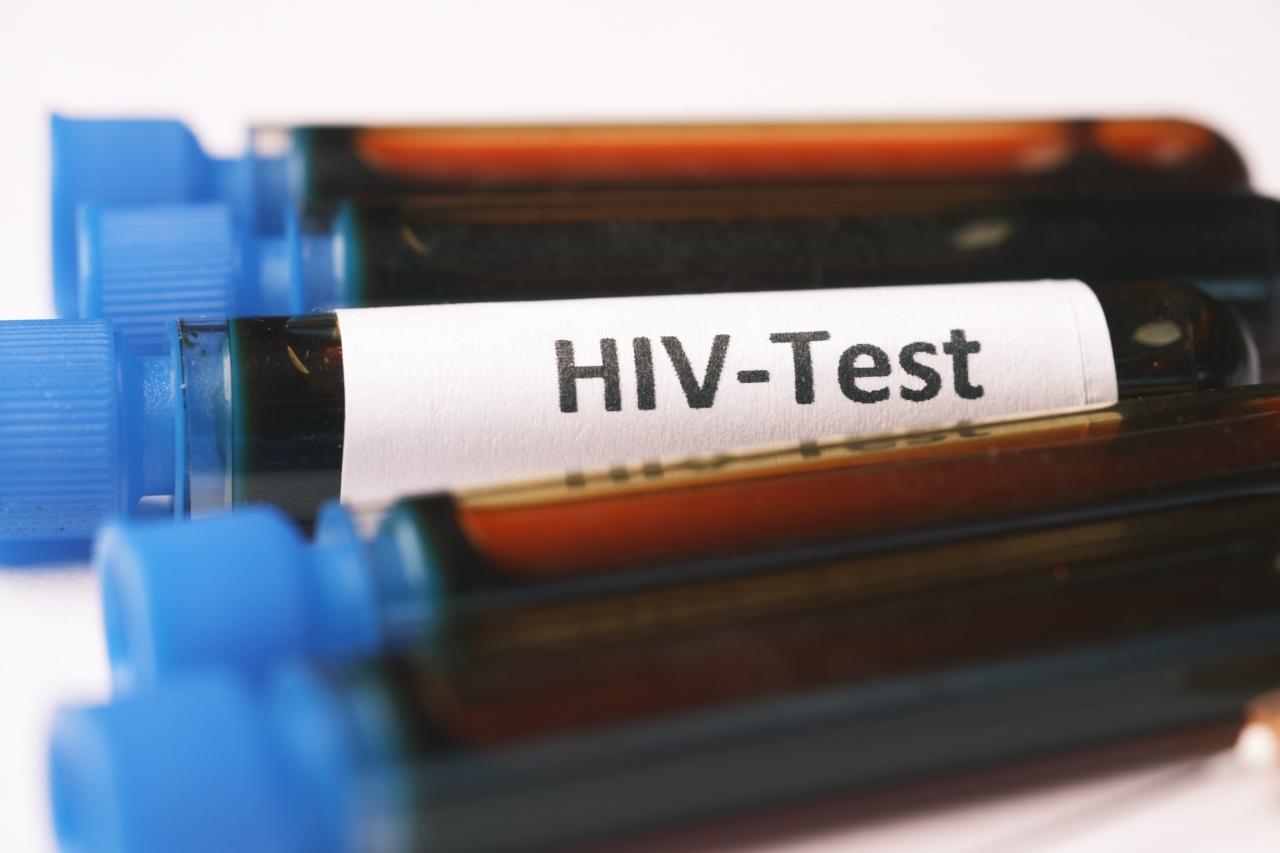Human Immunodeficiency Virus (HIV) has been a global health concern for decades, with millions of people worldwide affected by this deadly disease.
However, a recent breakthrough in scientific research has provided hope for the elimination of HIV in cells. This groundbreaking study has the potential to revolutionize the treatment and prevention of HIV, significantly improving the lives of those living with the virus and ultimately leading to its eradication.
Understanding HIV and its Challenges
HIV is a virus that attacks the immune system, specifically targeting CD4 cells, which play a crucial role in the body’s defense against infections.
The virus replicates within these cells and gradually weakens the immune system, leading to Acquired Immunodeficiency Syndrome (AIDS). Despite significant progress in antiretroviral therapy (ART) that helps control HIV replication, the virus still persists in the body, often hiding in latent reservoirs.
The persistence of HIV in latent reservoirs creates a major hurdle for achieving a long-term functional cure or complete eradication of the virus.
These reservoirs are a group of cells where the virus remains inactive and undetectable by the immune system and current antiretroviral drugs. As a result, even with effective ART, individuals living with HIV must continue lifelong treatment to prevent viral rebound.
Breakthrough Research Unveils Potential HIV Elimination
In a recent study published in the prestigious journal “Nature,” a team of researchers from a leading medical university announced a groundbreaking discovery that offers new hope for eliminating HIV in cells.
The research team developed an innovative approach using gene-editing technology to target and eliminate HIV from latent reservoirs.
Utilizing the advanced CRISPR-Cas9 system, which allows precise gene editing, the scientists successfully disrupted the HIV genome within CD4 cells, effectively eradicating the virus.
By delivering specific guide RNA tailored to target HIV sequences, they triggered a cascade of DNA repair mechanisms that removed the virus, rendering the cells HIV-free.
This exciting breakthrough paves the way for potentially eliminating HIV in latent reservoirs and achieving a functional cure.
While further research and trials are necessary to ensure the long-term safety and effectiveness of this approach, the initial results are incredibly promising.
Potential Implications and Benefits
Should this groundbreaking research be successfully translated into clinical applications, it would offer numerous benefits and implications in the fight against HIV:.
1. Functional Cure Possibility
The ability to eliminate HIV from latent reservoirs can bring us one step closer to a functional cure.
A functional cure would mean that individuals who have undergone this treatment would no longer require lifelong antiretroviral medication, significantly improving their quality of life and reducing the burden on healthcare systems.
2. Prevention of Transmission
Targeting and eliminating HIV from latent reservoirs can reduce the likelihood of transmission.
By eradicating the virus from immune cells, the risk of HIV transmission through sexual activity, blood transfusions, and vertical transmission during childbirth can be significantly reduced. This breakthrough holds great potential for preventing new infections and ultimately achieving an AIDS-free generation.
3. Overcoming Resistance
Some individuals with HIV develop resistance to antiretroviral drugs due to various factors. The innovative approach of targeting and eliminating the virus directly within cells offers a new avenue for treatment that might overcome drug resistance.
This discovery could provide life-saving alternatives for those whose treatment options are currently limited due to resistance issues.
4. Improved Immune Function
By eradicating HIV from CD4 cells, this groundbreaking research could lead to improved immune function in individuals living with the virus.
A stronger immune system would enhance the body’s ability to defend against other infections and diseases, ultimately prolonging and improving the overall health of people living with HIV.
5. Potential for Eradication
While significant challenges remain, the groundbreaking research that eliminates HIV in cells brings us closer to the possibility of eradicating the virus entirely.
If combined with robust prevention strategies, continued medical advancements, and global collaboration, this discovery could mark a major step towards an HIV-free world.
The Road Ahead: Challenges and Further Research
Although the recent breakthrough in HIV research provides immense hope, several significant challenges and further research are required before widespread clinical application:.
1. Safety and Efficacy
Further studies involving animal models and eventually human trials are necessary to determine the potential side effects, as well as the long-term safety and efficacy of this gene-editing approach.
These experiments will also gauge the ability of the technique to completely eliminate the latent reservoirs and prevent viral rebound.
2. Access and Affordability
Even if this groundbreaking research leads to a viable HIV-elimination therapy, ensuring universal access and affordability will be critical to its success.
Developing countries, in particular, must receive support to implement this treatment to achieve significant progress in HIV elimination globally.
3. Ethical Considerations
The use of gene-editing technology raises important ethical considerations and challenges.
Further debate and regulatory frameworks need to be established to ensure responsible and equitable use of this powerful technology for HIV elimination, safeguarding against unethical practices or unintended consequences.
Conclusion
The groundbreaking research leading to the elimination of HIV in cells is a remarkable achievement with transformative implications.
While there are still challenges ahead, this breakthrough offers hope for individuals living with HIV and the possibility of eradicating the virus. Continued research, collaboration, and global commitment are crucial to realizing the full potential of this remarkable advancement and working towards an HIV-free world.





























